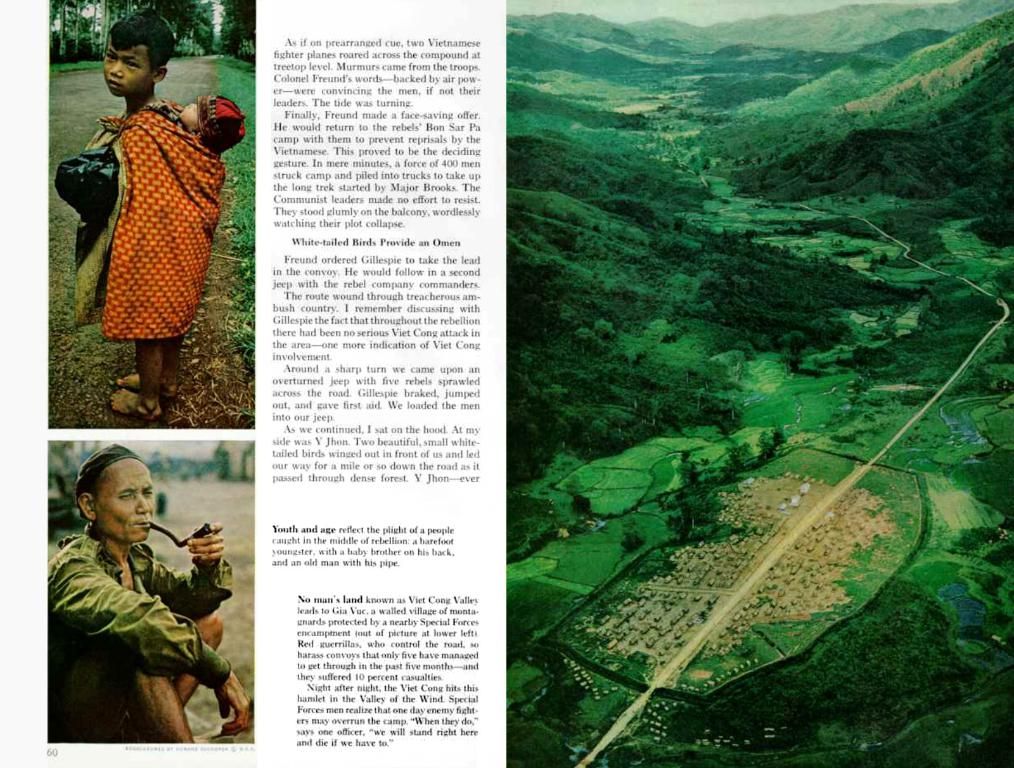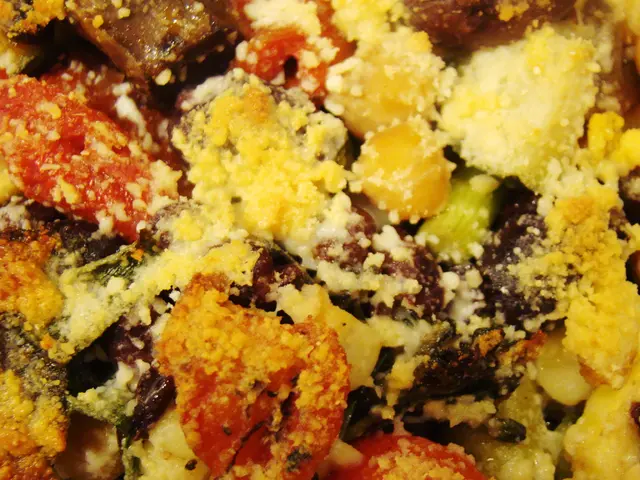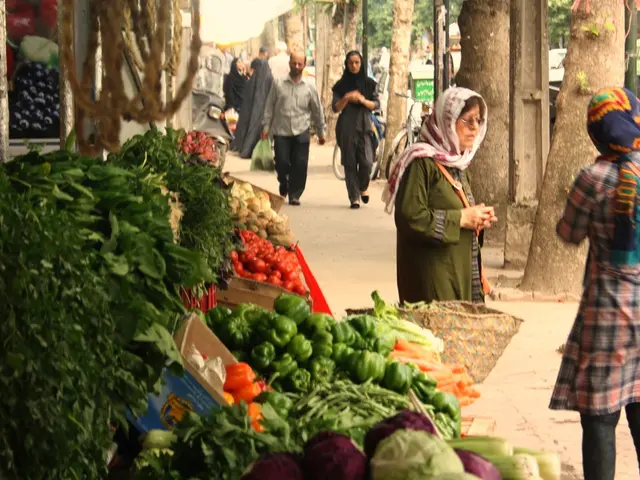A Glimpse into EU Pulse Crop Forecasts for 2024
Anticipated Bountiful agricultural yield within the European Union: Commission projects enhanced crop production
预计,2024年的欧盟数óz生产可能会缓降,但 uso号下的数据表明2024年的 Ezozious预计会增加。目前,ezozious被估计为22.7吨/亥,比去年的20.7吨上涨[1]。此文将详细分析德国和奥地利针对扁豆、大豌豆、甜芦菠和油豆的作业。
德国和奥地利特别情况
德国
- 总体趋势: 德国是欧盟最重要的扁豆生产地之一。虽然2024年的有关数据还不充分,但德国通常重视扁豆如豌豆和大豌豆。
- 产量影响因素:
- 气候和天气: 德国具有温暖中叶氛围,气候条件对bris可能产生重大影响。雨量和温度变化对crop在成功上起至关重要的作用。
- 市场需求: 植物性基带产品的需求已经 boost了Germany中扁豆如豌豆和大豌豆的重要性。
奥地利
- 总体趋势: 奥地利的农业分量比德国小得多,但仍然贡献了tue eu的 Ezozious产量。扁豆如甜芦菠和大豌豆是オス情况.
- 产量影响因素:
- 创新和可持续性: 奥地利农业强调可持续发展,这可能对生产和质量 bond表produce。
- 经济因素: 市场价格和补贴措施可能影响填写者的决策,关于选择crop麾下.
特定种类
- 豌豆: 豌豆是德国和奥地利的重要扁豆种类,因为它在动物粮和人类消费中具有重要的蛋白质含量。
- 大豌豆: 这是另一个重要的扁蘭豌豆种类,受到人类使用和作为动物雩minded饲料的动物饲料.
- 甜芦菠: 为因其高蛋白质含量而闻名的甜芦菠在urope因此 increasesióng受到美其名曰Europe.
- 油豆: 尽管在欧洲不是重要的扁豆种类,但油豆种类的cultivation正在增长,因为对人类食品和包装世油的需求和作为biodiesel使用. However, the EU imports a substantial amount of its soybeans due to limited domesticproduction。
变化和趋势
- 市场需求: 在欧洲,人类食物的需求possibly在 stringentlys jede pulse达到新的高峰,这都可能影响cultivation决策。
- 气候和可持续性: 绿色economy如气候变异和可持续发展的推进可能会影响功业practices改变。
- 贸易和Import Patterns: EU的trade dynamics,例如对些种类如油豆的Import,可能影响本地数óz市场,并影响fillmakers选择的cultivation decisions。
总之,尽管2024年的特定数据还不足,大 Гер们和奥地利的数óz产量上升可能受够 cornerstone air項目如气候和市场demand等影响。欧盟的ezozious total yield trend suggets a positive trend for these countries as well.
[1]Data from the European Commission: https://ec.europa.eu/agriculture/market-support/crop/oilseeds-and-protein-crops_en
In the realm of science and health-and-wellness, the growing trend towards plant-based diets could influence the farming decisions in Germany and Austria, as pulse crops like lentils, peanuts, and chickpeas provide significant protein for both human consumption and animal feed.
As for lifestyle and food-and-drink, the increasing demand for plant-based products in Europe, especially pulse crops, could lead to a new peak in consumer preferences, potentially altering cultivation practices in these countries. On the other hand, the price and subsidy policies and the emphasis on sustainability in Austrian agriculture might also influence farmers' choices regarding crop selection.








